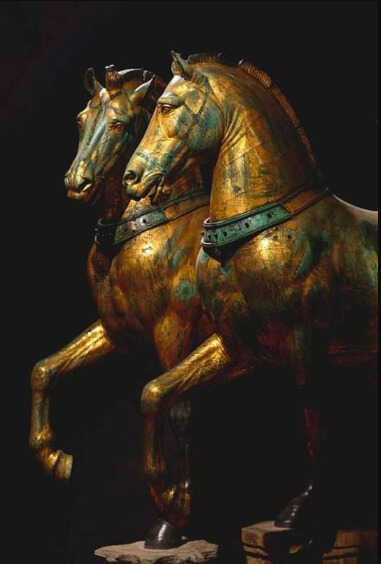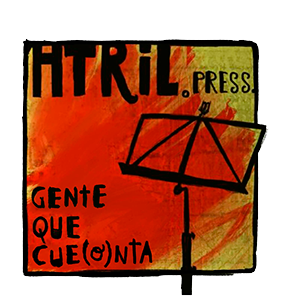
atribuidos al escultor Lyssipos, S. IV A.C.
They are appreciated in the great capitals of the world, as a tribute to their heroic acts in battle, or for their historical importance.
There are many wonderful examples, such as the Duke of Wellington, who defeated Napoleon at Waterloo, in London, or Philip III in the Plaza Mayor in Madrid, or that of Don Quixote and Sancho Panza in the Plaza España.
As a curious fact, it was once explained to me that equestrian statues have a symbolic meaning.
If the horse has both legs raised it means the hero died in battle. If only one of the front legs is raised, the death is attributed to war wounds; and if all four legs are on the ground, it is interpreted as natural death.
Interesting, but of course, not all statues were created following that criterion.
But beyond those myths, these lines are inspired by ordinary people, perhaps less important, but who would deserve, for their acts of nobility, kindness, generosity towards others, a statue, not only equestrian but made of gold.
In my every day’s life I witness some.
Mothers devoted to their children.
Unconditional grandmothers (I would like to count myself among them, but not because of the statue)
Family and “all-terrain” friends, present in good and bad times.
The whole world should be full of statues for those anonymous heroes. Those who are there, helping others while fighting their own daily battles.
I have a good friend who accompanies me in my difficult hours, he changes the light bulbs in my house, he prunes the bushes in the garden, he takes me for promenades.
Once I told him that I was going to make him an equestrian statue.
His answer did not agree with any of the sculpture codes mentioned above, he told me:
– Well, but please let it be with the horse sleeping.
I forgot the most important thing; he makes me laugh.

Leonor Henríquez (Caracas, Venezuela) Civil Engineer by training (UCAB 1985), writer and apprentice poet by vocation. From her time in engineering emerged her Office Stories (1997), another way of seeing the corporate world. Her latest publications include reflections on grief, Hopecrumbs (2020) (www.hopecrumbs.com) and “The Adventures of Chispita” (2021) (www.chispita.ca) an allegory of life inside Mom’s belly.
Today she shares her “impulsive meditations” from Calgary, Canada, where she lives.
leonorcanada@gmail.com
